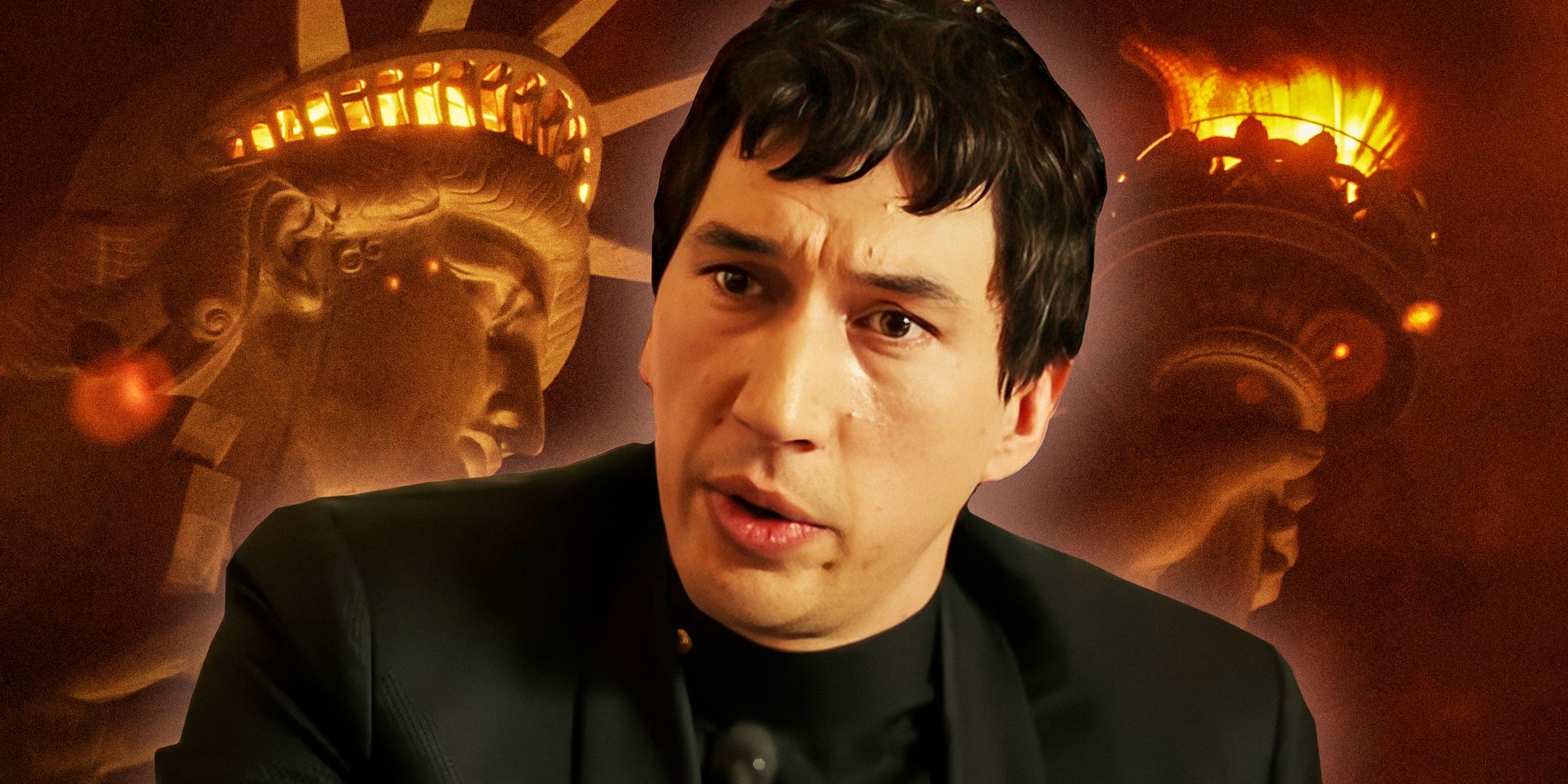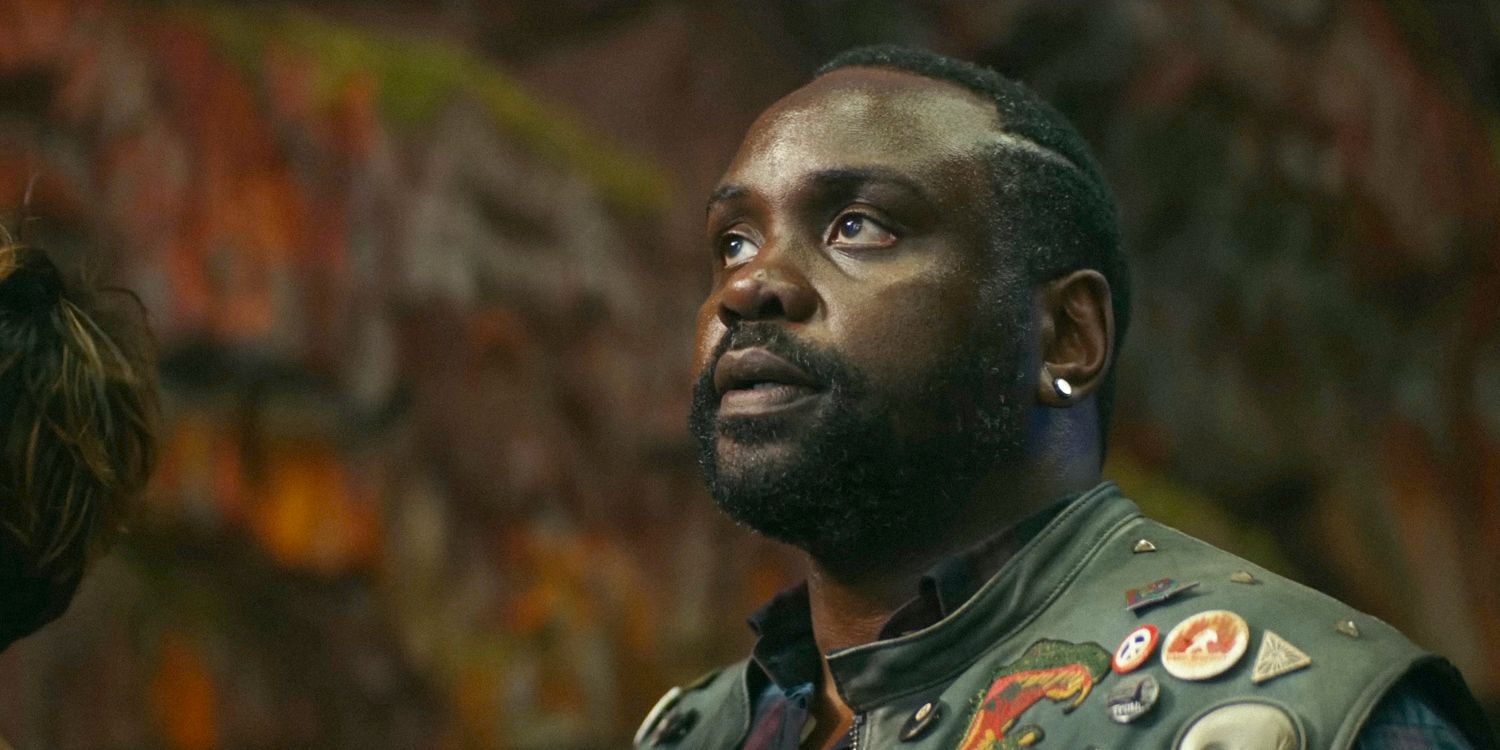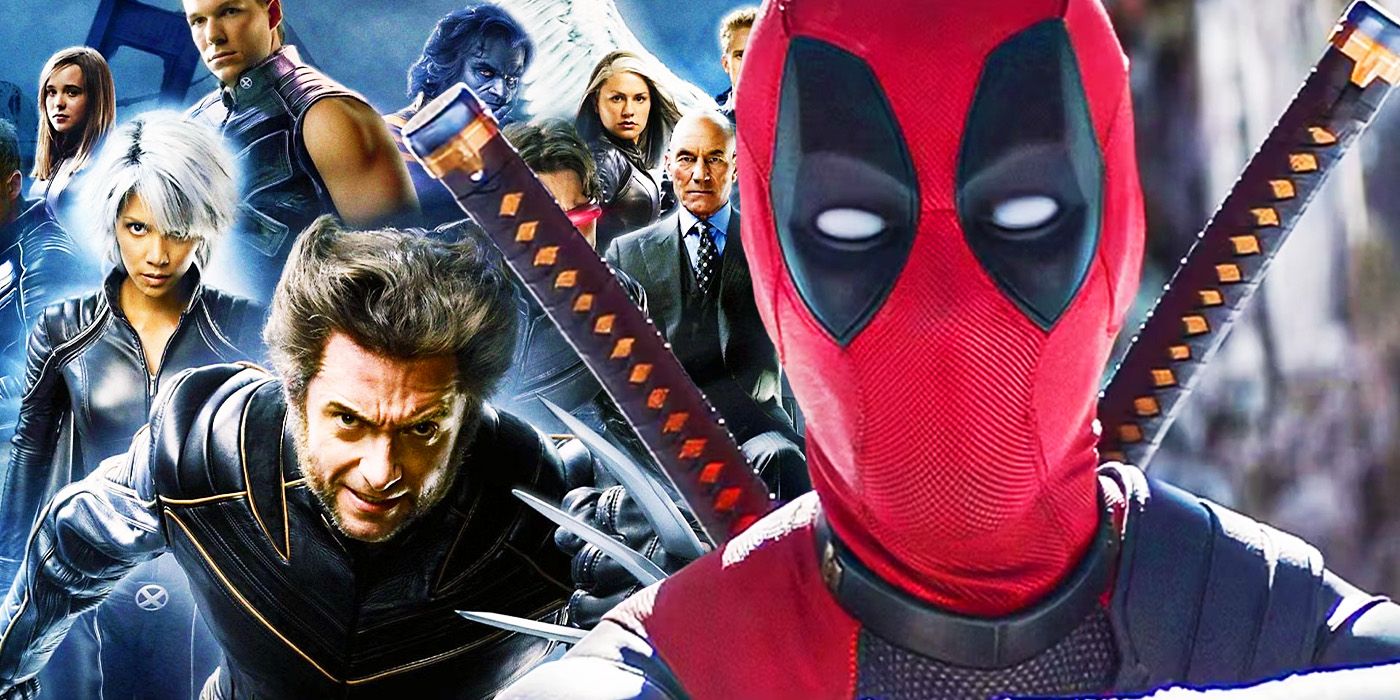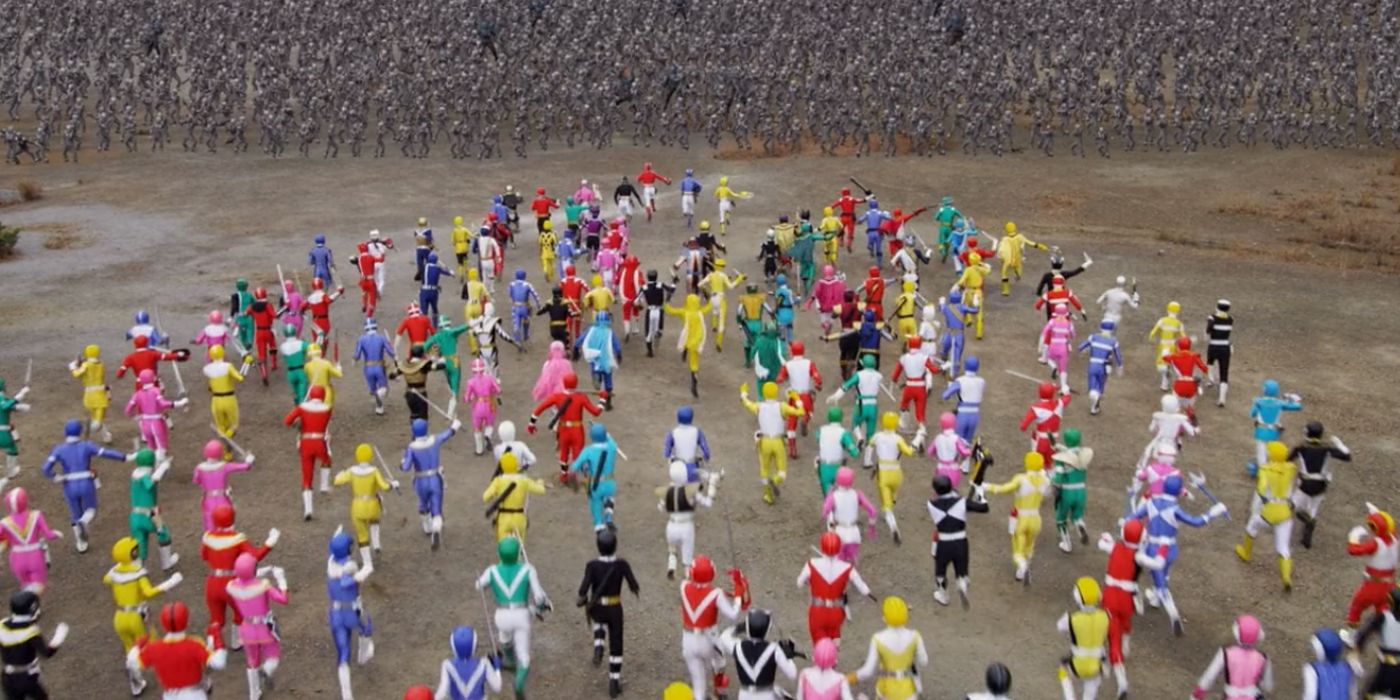History is everywhere in Red Dead Redemption 2, but one tragic little detail really hammers it home. Set mostly in 1899, as the Wild West era is beginning to come to an end, RDR2 tackles the truth and the myth of the American cowboy. It allows players to roam around a well-researched, detailed recreation of the American west, taking in lessons about the period and its influences on the modern day.
There’s plenty of historical accuracy in Red Dead Redemption 2: players can weigh in on women’s suffrage, participate in early paleontology, or find and destroy the KKK. But those are all big-picture plot points; there’s plenty of historicity to be found in the tiniest of details, too. And one such tiny detail points to a wealth of obscure, uncomfortable historical knowledge long buried.
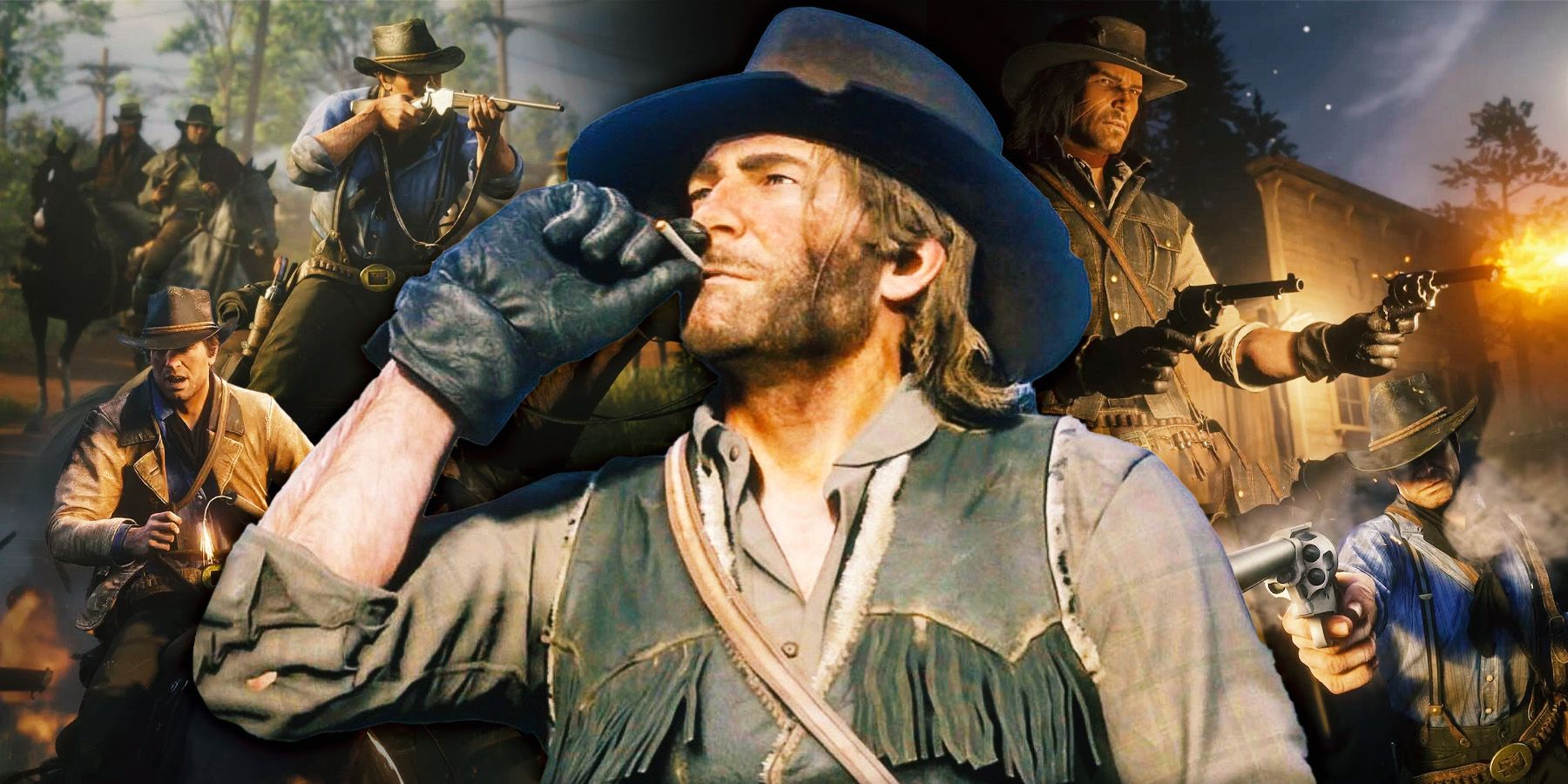
Red Dead Redemption 2: 9 Best Things to Do After Beating The Game
Even after the end of Red Dead Redemption 2, there are plenty of things to do after beating the game that expand upon the best parts of the Wild West.
RDR2 Includes A Nameless Grave Marker
Memorializing Workers Who Died While Building The Transcontinental Railroad
Located in a quiet field along the railway tracks just north of Saint Denis is a small, hand-carved wooden grave marker memorializing 12 nameless workers, who appear to have passed away between May and July 1878. Based on its positioning and the lack of names provided for the deceased, this minor detail is probably intended to reference the countless Chinese immigrants who died while working on America’s railroads. These laborers’ names and numbers were rarely documented; some railroad foremen’s time sheets list all Chinese workers as if they were a single individual. As a result, most of these laborers’ true names and origins remain unknown to this day.
While many Chinese railroad workers were interred in a mass grave in Los Angeles’ Evergreen Cemetery, smaller burial sites like this one are mostly the product of RDR2‘s fiction. However, many deceased railroad workers were buried in unmarked graves near the lines they worked on, and it’s not too much of a stretch to assume some of them were referred to by numbers instead of names. This inclusion does have a strong basis in fact.
The Real History Of Chinese Railroad Workers In America
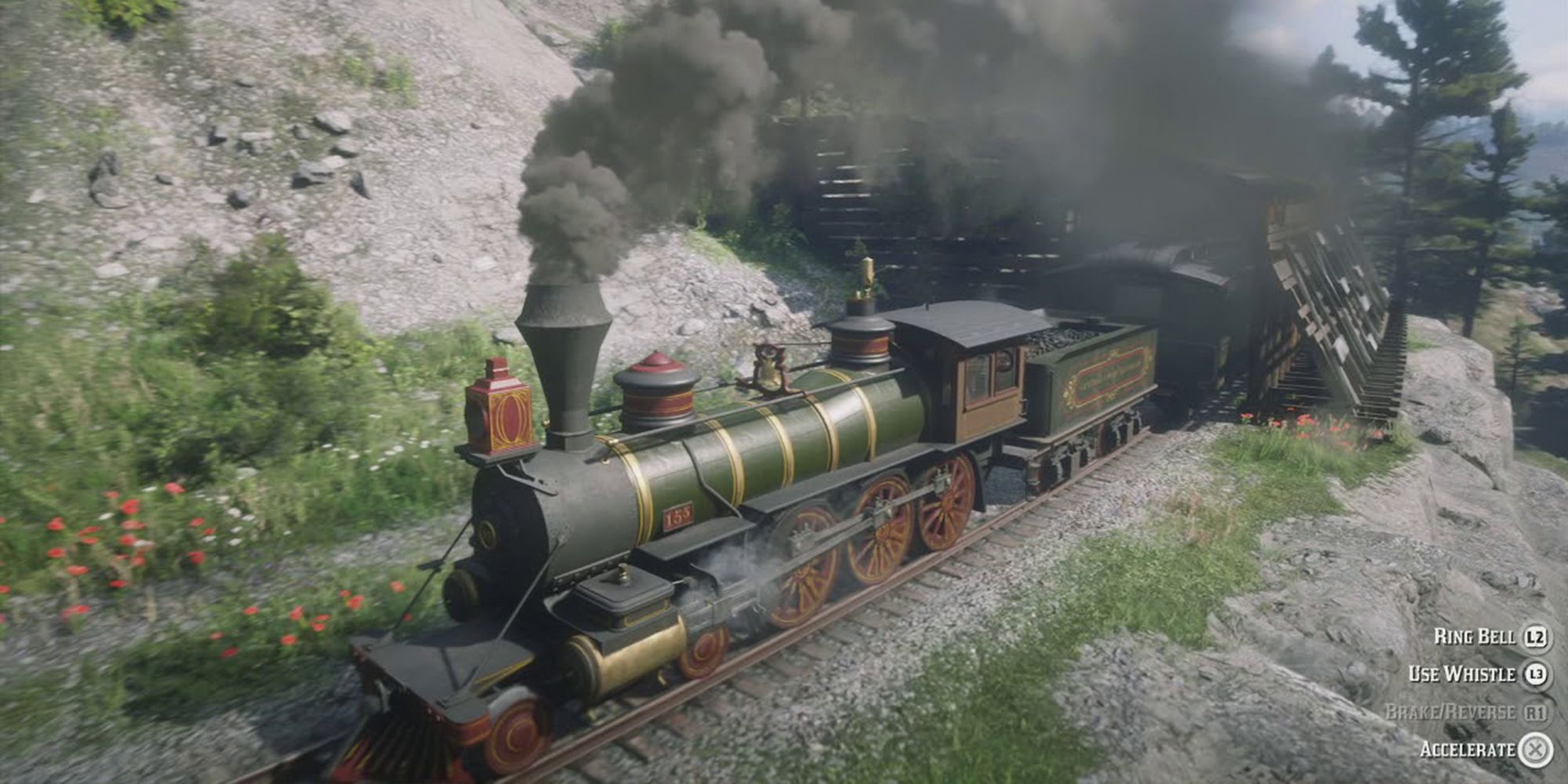
In the late 19th century, the rail industry rapidly became a major source of profit. It made sense: here was a novel form of transportation, greatly reducing the time it took to travel from one end of the country to the other, carrying people, goods, and ideas from east to west and vice versa. Several large companies vied for control of regional railways. Renowned robber barons like Andrew Carnegie, Leland Stanford, and Cornelius Vanderbilt, whose names adorn streets and buildings in many major US cities, made no small part of their fortunes by building railroads.
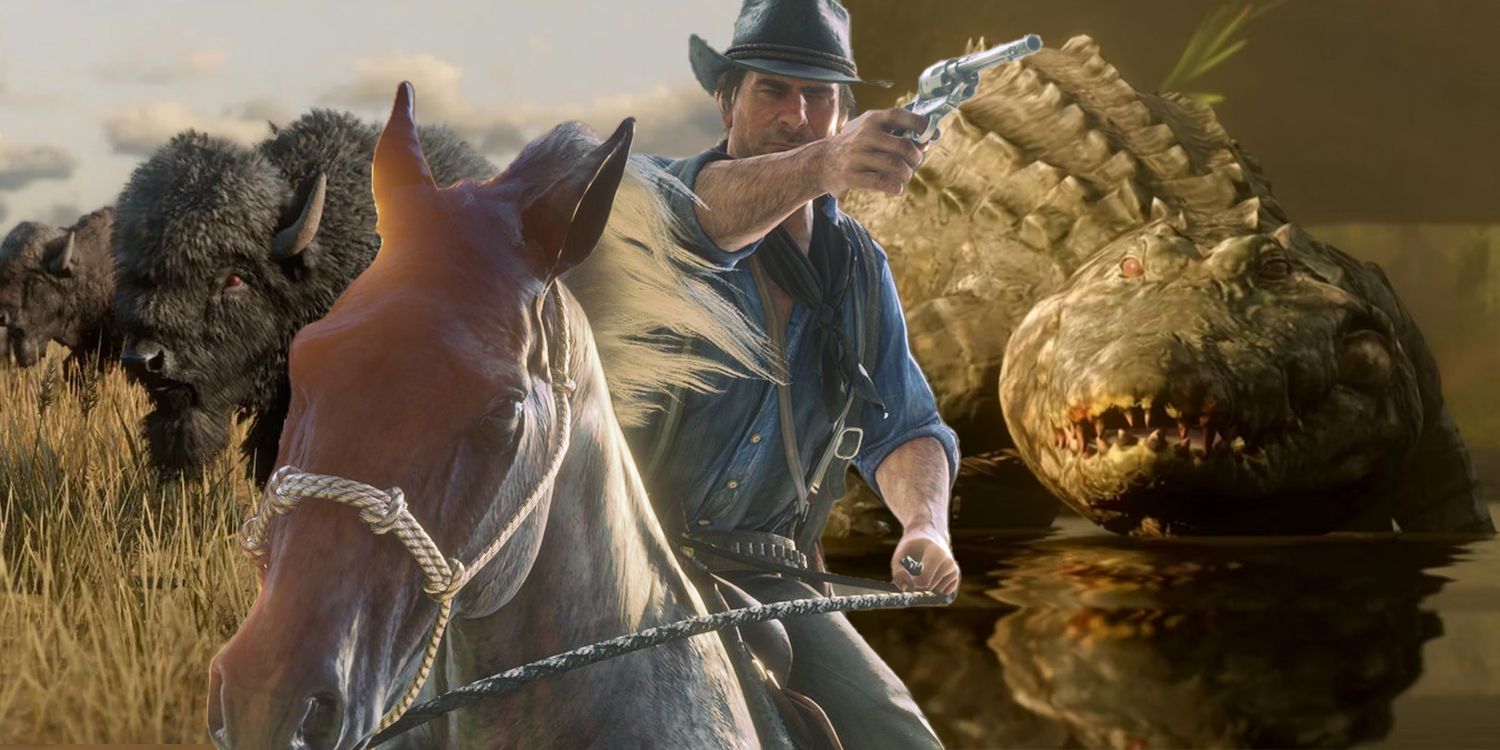
10 Rarest Things That Can Happen In Red Dead Redemption 2
Aliens, Bigfoot, Vampires, serial killers, and instant death by lightning; here are 10 rare things that can happen in Red Dead Redemption 2.
Beginning in 1862, the railroad industry was united in a single goal: to connect the Central Pacific and Union Pacific lines, effectively creating a transcontinental rail route from the east coast to the west. This would take seven years of backbreaking labor on the part of thousands of laborers, many of whom were Chinese immigrants. In China, civil war – the Taiping Rebellion – left destruction, famine, and economic downturn in its wake. Thousands immigrated to the United States in search of opportunity, often in the form of gold. While a few certainly found it, countless others instead wound up working the rails.
An estimated 12,000 Chinese immigrants, including children as young as 12, worked on the Transcontinental Railroad at any given time. The work was perilous: blasting tunnels through solid granite, or hammering away at heavy spikes for hours. It’s impossible to know exactly how many died, since their employers never kept count. Chinese laborers were expected to work six, sometimes seven days a week. They were often paid significantly less than their white counterparts, and required to supply their own tools, lodging, and food – all of which were provided to white workers for free.
The tycoons in charge usually regarded their Chinese employees with contempt. Leland Stanford was a vocal supporter of 1882’s Chinese Exclusion Act, which limited Chinese immigration into America and prevented those already there from becoming citizens. Laborers who settled along the railroad’s route were often driven out by white mobs, and Chinatowns across the country were set aflame.
Chinese workers not only built the railroad itself, but also founded frontier towns along the route. They played a pivotal role in shaping the American west, which went largely unacknowledged for over a century. When the Transcontinental Railroad project was finally completed in 1869, not one Chinese worker was formally honored at the ceremony. More recently, archeological research of work sites and ghost towns along railways has revealed the mundane artifacts of these laborers’ daily life: soup spoons, clothing, and indeed, graves like the one in Red Dead Redemption 2 help lend some detail to this obscure period of history.
Other References To Chinese-American History In RDR2
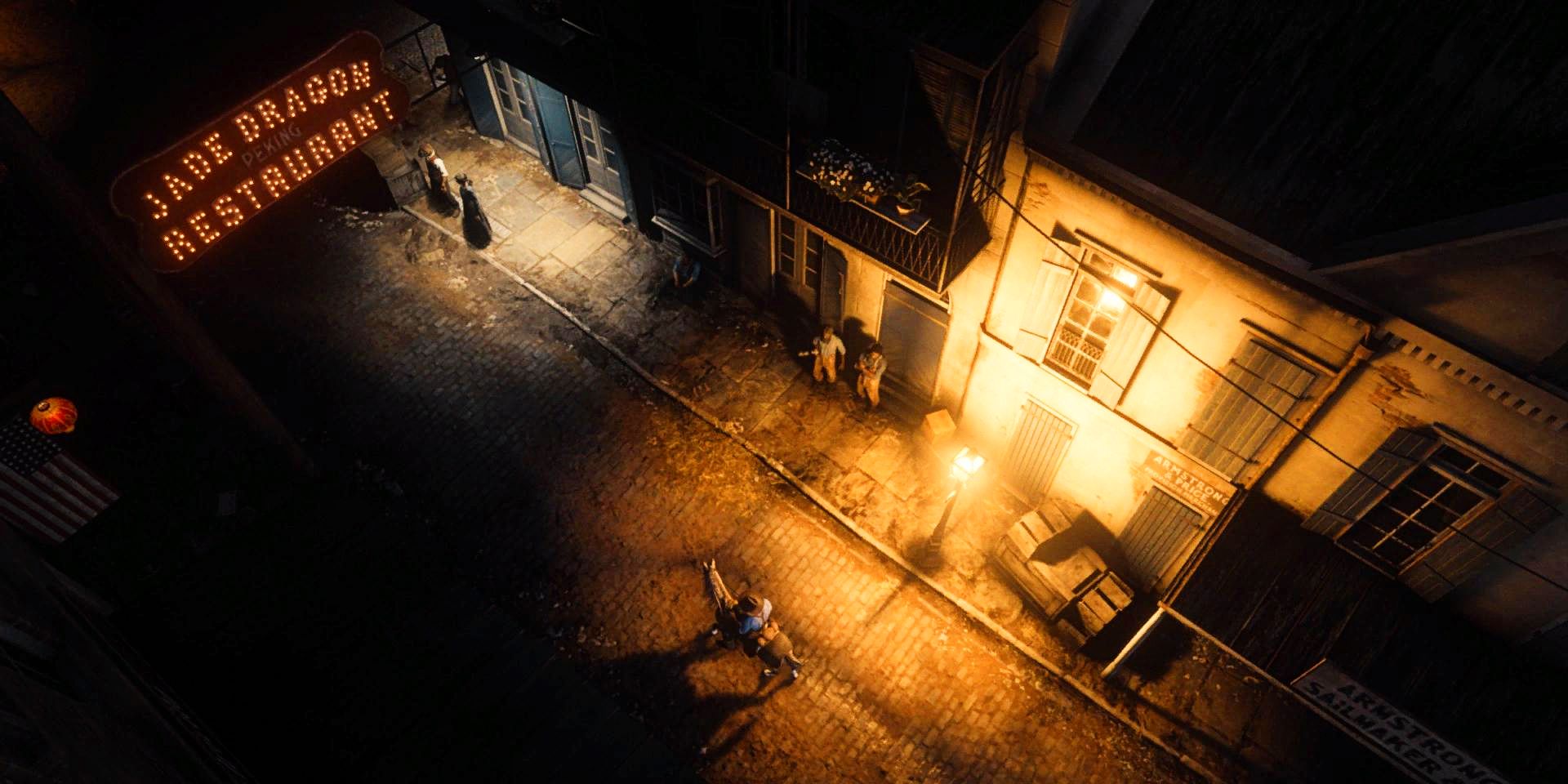
RDR2 also includes another reference to an oft-forgotten piece of Chinese-American history: a period-accurate recreation of New Orleans’ own Chinatown. The Red Dead Redemption 2 town of Saint Denis is heavily based on New Orleans, complete with its very own Chinese-American community. Chinese-owned and named businesses line the streets, and players can even hear accurate Cantonese as they stroll past NPCs.
Unfortunately, virtual recreations like this one are the only way to visit New Orleans’ original Chinatown. Its residents were forced to move in 1937, when President Franklin Delano Roosevelt’s Works Progress Administration marked the neighborhood for redevelopment. A second, smaller Chinatown was shortly established on Bourbon Street, but failed to gain the same kind of foothold.
It’s nice to see this lesser-known, tragic past so carefully alluded to in RDR2. While it’s never explicitly addressed, those in the know can appreciate this quiet, respectful nod to an often forgotten detail of American history, while others may discover something they never knew by looking into its background. If nothing else, it just goes to show that the developers of Red Dead Redemption 2 did their research.

Red Dead Redemption 2
- Franchise:
- Array
- Platform(s):
- Array
- Released:
- 2018-10-26
- Developer(s):
- Array
- Publisher(s):
- Array
- Genre(s):
- Array
- Multiplayer:
- Array
- Platforms:
- Xbox One
- Publishers:
- Rockstar Games
- Release Date :
- October 26, 2018
- Prequel:
- Array
- Rating:
- 18+


